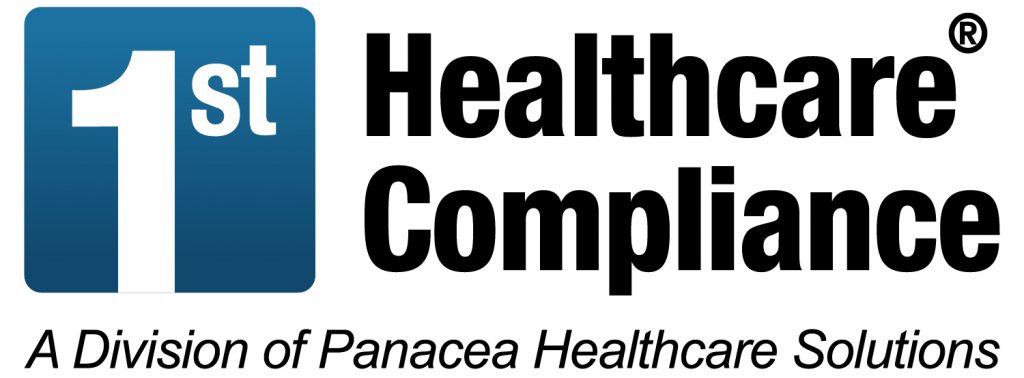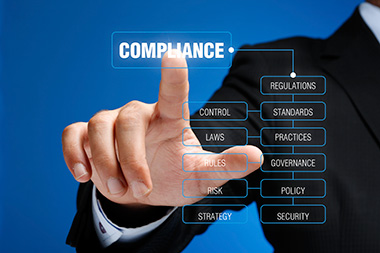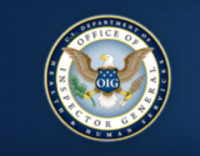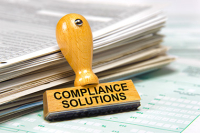Jumpstart Your Compliance Program
The beginning of the New Year is a popular time for new initiatives. Many healthcare organizations are looking for ways to improve quality and reduce risk. A compliance program is an effective way to detect, deter and prevent wrongdoing in the healthcare setting and an ongoing system assures conformity with governing laws and regulations. An important objective of any compliance program is to help reduce financial and reputational risks presented in the form of fines and penalties.
Unfortunately, the earliest stages of implementation tend to present the greatest challenge of the entire process. Many practitioners are being asked to attest to having a comprehensive compliance program in place, but time management presents an insurmountable obstacle. Although the first and most important steps may be the most difficult, you can make 2016 the year you tackle compliance with a few important steps.
Empower and Engage your Staff
 Education is one of our core values at First Healthcare Compliance and we firmly believe that “knowledge is power.” By providing education to your staff you are giving them the tools they need to perform their jobs properly. From a compliance perspective, training and educating staff is your first line of defense.
Education is one of our core values at First Healthcare Compliance and we firmly believe that “knowledge is power.” By providing education to your staff you are giving them the tools they need to perform their jobs properly. From a compliance perspective, training and educating staff is your first line of defense.
Compliance isn’t considered a fun topic for most individuals, but training can be enjoyable and bring the team together. Comprehensive training should be conducted at the time of hiring and again annually. The topics HIPAA, OSHA, and Fraud, Waste and Abuse (FWA) should be covered on a regular basis. It’s important for staff to understand these topics and how they impact patient care. Fortunately, opportunities are widely available through webinars and live trainings. Many complimentary services exist and you can creatively meet some of your goals through newsletters, staff e-mails, and bulletin boards. At our office, we form teams and play a very competitive game of Compliance Jeopardy.
Identify your Risk
Conducting internal auditing and monitoring provides insight regarding prioritization of tasks. Ongoing evaluation is critical to any compliance program and in healthcare there are several areas and types of auditing and monitoring to consider.
Audits should be conducted to identify your particular risk areas within billing, coding and documentation. Take a look at the most recent OIG work plan for areas of review that are applicable to you during this fiscal year. Auditing allows an organization to proactively address concerns and may even support a defense that there was no “intent” in a fraud allegation. On a positive note, the possibility exists that an audit could enhance revenue by uncovering miscoded services.
The importance of monthly monitoring or screening of the List of Excluded Individuals and Entities(LEIE) are often overlooked. Exclusion screenings are necessary because the OIG has the authority to exclude individuals and entities from federally funded healthcare programs such as Medicare and Medicaid. The OIG maintains the LEIE creating a duty for employers to check the list monthly. Anyone who hires an individual or entity on the LEIE may be subject to civil monetary penalties. The OIG provides an update to the LEIE database at the beginning of each month. To check the status of an employee or vendor visit https://exclusions.oig.hhs.gov/
Document your Efforts
Documentation is extremely important in medical charts and is of equal value in a compliance program. The goal of mitigating risks can only be met by proving that adequate time and resources have been spent on a comprehensive compliance program, so make sure you put it in writing. You’ll need to develop a code of conduct and policies and procedures with disciplinary standards and guidelines. Also, remember to document meticulously whenever you conduct any type of internal investigation.
A code of conduct and policies and procedures provide helpful guidelines and enhance communication and consistency among the team. It’s important for your staff to understand your mission, vision, and values. Your code of conduct provides this important information while conveying the process for proper decision making within your organization. Policies and procedures should be developed by looking at your areas of risk and then be carefully reviewed periodically. Ensure that all employees are aware of the proper policies because having a policy that is unpublished or not followed may be worse than not having a policy at all.
The importance of a compliance program is greater than ever. Try to carve out time by focusing on these steps and you’ll be on your way to the peace of mind that a comprehensive compliance program brings. Wishing you a compliant and happy 2016!



